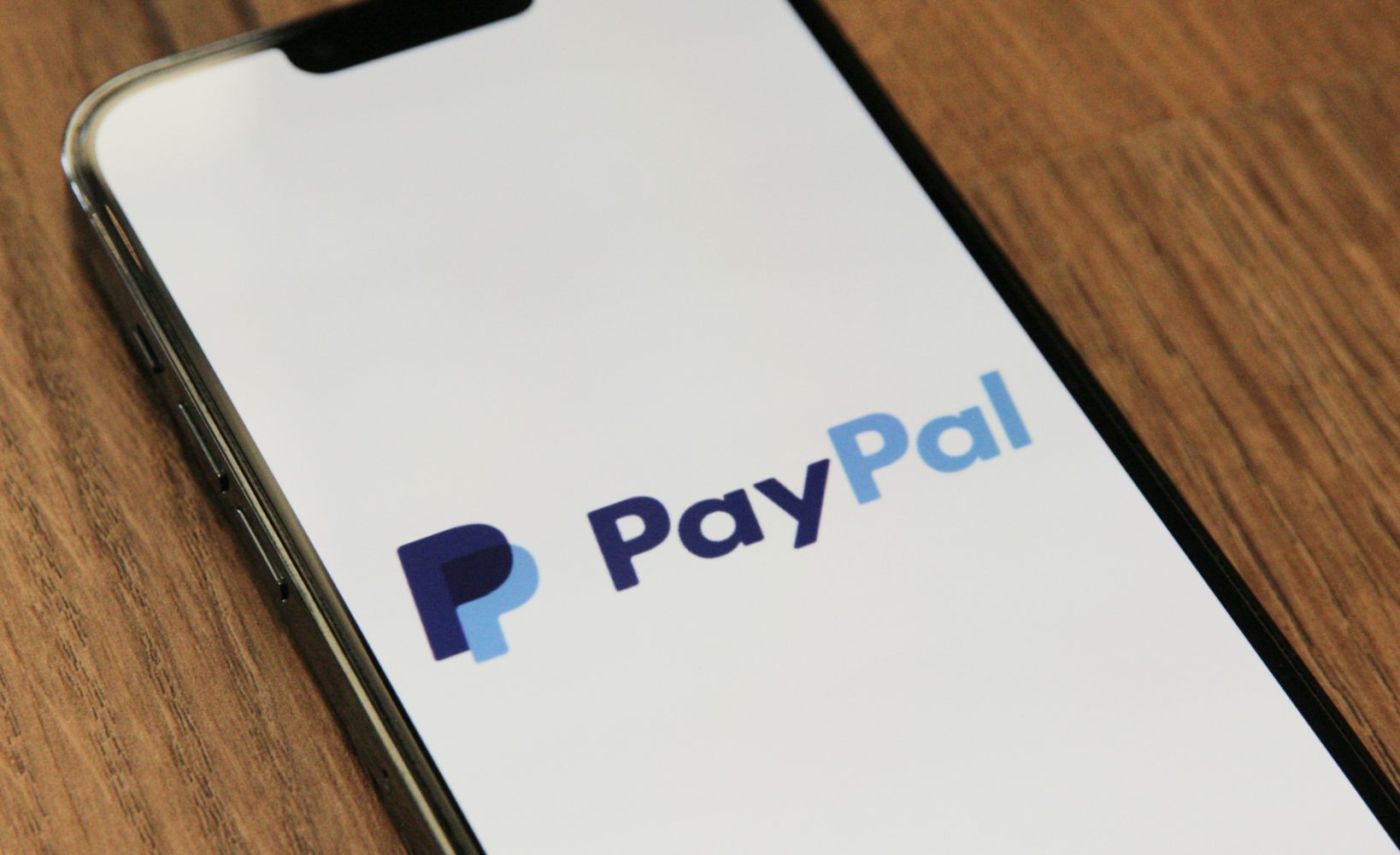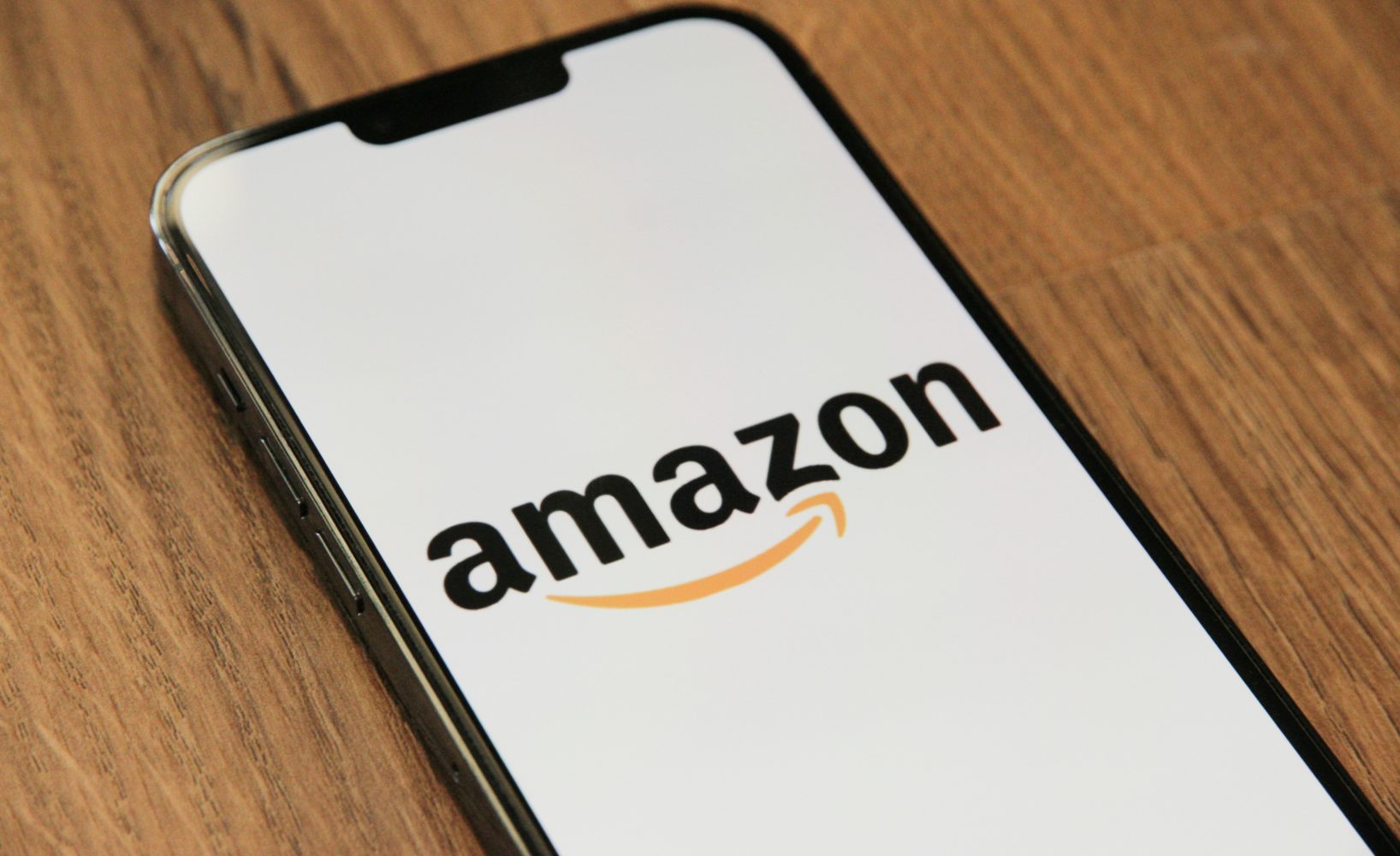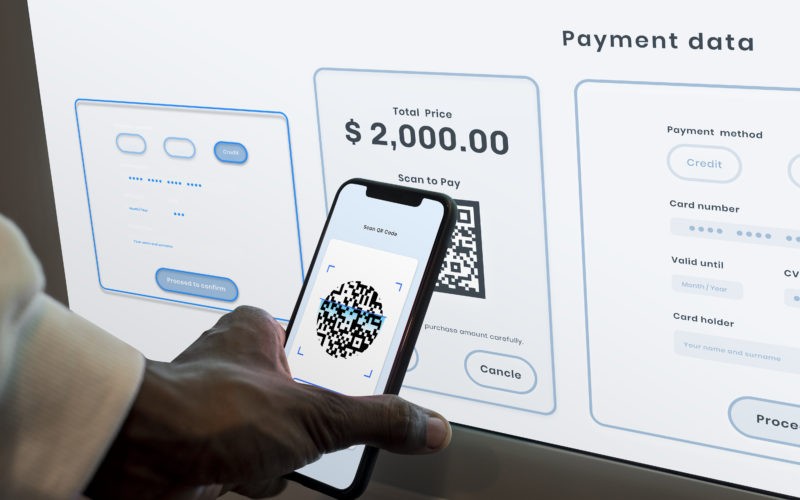Expanding your business globally opens up a world of opportunity, but it also introduces unique complexities, especially when it comes to managing international payments. The right payment gateway helps you reach new markets, strengthen customer confidence, and simplify global financial workflows — all while securely processing transactions.
In our globalized economy, businesses require robust and efficient payment solutions that support multiple currencies, comply with international regulations, and offer secure, user-friendly experiences. This guide provides an overview of some of the top international payment gateways and global finance providers that empower businesses like yours to expand their reach and streamline payment processes in 2025.

Key Considerations: Choosing a Payment Gateway
Before diving into the top providers, it’s essential to understand the key factors that make an international payment gateway truly effective for your business:
Global Reach
Support for numerous countries isn’t enough — prioritize gateways that also accommodate diverse currencies and locally preferred payment methods. This is key for maximizing conversion rates and building trust in new markets.
Security
Non-negotiable for any online business. Prioritize compliance with industry standards like PCI DSS, along with robust features such as encryption, tokenization, and advanced fraud detection systems.
Integration
Consider how seamlessly the gateway integrates with your existing e-commerce platforms (e.g., Shopify, WooCommerce) and if it offers robust APIs for custom solutions tailored to your unique needs. When evaluating integration, favor omnichannel capabilities that unify in‑person, online, and in‑app checkout — enabling you to accept payments anywhere through a secure payment platform that also supports centralized reporting and fraud prevention.
Cost
Seek transparent pricing models with reasonable transaction fees and no hidden costs. Understand how cross-border fees and currency conversion rates will impact your bottom line.
Customer Support
Evaluate the availability and quality of customer support. 24/7 support and comprehensive resources are vital to resolve issues quickly and minimize operational disruptions.
Scalability
Choose a provider that can comfortably handle your growing transaction volumes and support your business’s expansion into new territories without requiring a complete overhaul of your payment infrastructure.
Top International Payment Gateways and Finance Providers
Here’s a breakdown of leading providers, highlighting their strengths and what they offer:

1. PayPal
Overview:
PayPal is a globally recognized payment gateway, trusted for its ease of use and extensive reach. It operates in over 200 countries and supports 25 currencies, making it ideal for businesses targeting a broad international audience.
Key Features:
- User-friendly interface with easy integration, particularly beneficial for small businesses and startups.
- Strong buyer and seller protection policies.
- Support for major credit/debit cards, digital wallets, and PayPal’s own services (e.g., Venmo in select regions).
- Mobile-optimized checkout with one-click payment options.
- Integrated invoicing and recurring billing features.
Pricing:
Typically 2.9% + $0.30 per transaction, with additional fees for cross-border transactions (1%) and currency conversion (up to 4%).
Best For:
Small to large businesses seeking instant global reach and a trusted brand.
Drawbacks:
Higher-fee structure compared to some competitors and occasional account holds.
Tip:
Leverage PayPal’s pervasive brand recognition to build immediate trust, especially for new international customers.
2. Stripe
Overview:
Stripe is a developer-friendly platform renowned for its robust APIs and scalability, making it a favorite among tech-savvy businesses and SaaS companies. It supports over 135 currencies and operates in 47+ countries.
Key Features:
- Customizable checkout flows and pre-built payment forms.
- Support for a wide array of local payment methods, including Apple Pay, Google Pay, and regional options like iDEAL.
- Advanced fraud prevention and PCI DSS compliance.
- No setup or monthly fees, with transparent pricing.
- Comprehensive invoicing capabilities (Stripe Invoicing).
Pricing:
2.9% + $0.30 per transaction for cards and digital wallets; lower rates available for high-volume businesses.
Best For:
Startups, SMBs, and enterprises needing flexibility and global scalability.
Drawbacks:
Requires technical expertise for advanced integrations.
Tip:
If you have development resources, Stripe’s API flexibility allows for highly customized and efficient checkout experiences.
3. Adyen
Overview:
Adyen offers a unified platform for online, in-store, and mobile payments, supporting over 100 local payment methods and 30+ currencies. It’s trusted by global brands like Uber and eBay.
Key Features:
- Omnichannel payment solutions for seamless customer experiences across different sales channels.
- Real-time data insights and revenue optimization tools.
- Strong fraud protection with PCI Level 1 compliance.
- Dynamic currency conversion for customer convenience.
Pricing:
Fixed processing fee of $0.13 per transaction, plus variable fees (e.g., 3% for UnionPay).
Best For:
Large enterprises and businesses expanding into new regions due to its comprehensive and scalable solutions.
Drawbacks:
Can involve a complex setup and has a higher learning curve for smaller businesses.
Tip:
Adyen’s unified platform is a game-changer for businesses with both online and physical international presences, offering a single view of all transactions.

4. Amazon Pay
Overview:
Leveraging Amazon’s trusted brand, Amazon Pay allows customers to use their existing Amazon accounts for purchases on third-party websites. It’s available in 18+ countries and supports 12 currencies.
Key Features:
- Streamlined checkout process that significantly reduces cart abandonment.
- Multi-currency support with regional payment method integration.
- APIs and SDKs for easy integration across various platforms.
- Optimized for mobile commerce.
Pricing:
2.9% + $0.30 per transaction, with cross-border surcharges ranging from 0.4% to 1.5%.
Best For:
Businesses targeting Amazon’s vast customer base and seeking a familiar, friction-free checkout experience.
Drawbacks:
Limited customization options and a degree of dependency on Amazon’s ecosystem.
Tip:
This is an excellent choice for businesses looking to piggyback on Amazon’s consumer trust and simplify the checkout experience for millions of potential customers.
5. Airwallex
Overview:
Airwallex is an end-to-end financial operations platform designed for businesses with complex cross-border needs. It supports 130+ currencies and operates in 180+ countries.
Key Features:
- Multi-currency accounts and highly competitive exchange rates, allowing businesses to hold and manage funds in various currencies.
- Support for 160+ local payment methods, including popular regional options like Alipay and WeChat Pay.
- No setup or monthly fees, with transparent transaction-based pricing.
- Built-in fraud detection and seamless ERP integrations (e.g., SAP, NetSuite).
- Advanced financial operations platform with invoicing and bill pay solutions.
Pricing:
Varies by transaction type and is generally competitive, with no hidden fees.
Best For:
Businesses needing a comprehensive financial solution that goes beyond basic payment processing, ideal for those with significant international operations.
Drawbacks:
May be overkill for smaller businesses with simpler payment needs.
Tip:
If your international operations involve complex currency management or integrated financial workflows, Airwallex offers a powerful, all-in-one solution.
6. 2Checkout (Verifone)
Overview:
Now part of Verifone, 2Checkout is a global payment platform supporting over 200 countries and 100 currencies. It uniquely offers both payment gateway and merchant of record (MoR) services, simplifying global tax and compliance.
Key Features:
- Supports over 45 payment methods, including cards, PayPal, and various e-wallets.
- Comprehensive subscription management, robust fraud protection, and global tax compliance capabilities.
- Support for over 29 languages at checkout, enhancing localized customer experiences.
Pricing:
Varies by plan (2Sell, 2Subscribe, 2Monetize) and is typically a percentage per transaction, e.g., 3.5% + $0.35 per transaction for 2Sell.
Best For:
Businesses selling digital goods, software, or subscriptions globally, particularly those seeking to offload tax and compliance complexities.
Drawbacks:
Can have higher transaction fees and potential for account holds.
Tip:
For businesses dealing with subscriptions or digital products across many borders, 2Checkout’s Merchant of Record service can significantly simplify tax and compliance burdens.
7. Worldpay
Overview:
Worldpay is a leading global payment processor, supporting 146 countries and 135+ currencies, and processing over $2 trillion in transactions in 2022. It’s a robust solution favored by larger enterprises.
Key Features:
- Comprehensive payment options, including cards, e-wallets, and pay-by-link.
- Enterprise-grade security and advanced fraud detection.
- Integration with over 300 payment methods globally.
Pricing:
Standard fee of 1.5% for Visa/Mastercard, with tailored plans varying by business type. Monthly fees start from £19.95.
Best For:
Large businesses and enterprises needing robust, high-volume payment processing and comprehensive solutions.
Drawbacks:
Often involves longer contracts (e.g., 3 years) and pricing can be less transparent compared to some competitors.
Tip:
Worldpay’s extensive experience and vast transaction volume make it a reliable choice for established businesses with significant global operations.
8. Braintree
Overview:
A PayPal subsidiary, Braintree supports 45+ countries and 130+ currencies, offering a seamless integration experience, especially for businesses already utilizing PayPal.
Key Features:
- Strong fraud prevention tools and recurring billing features.
- Supports PayPal, Venmo, and major credit/debit cards through a single integration.
- Provides detailed reporting and analytics for transaction insights.
- Strong support for recurring billing and invoicing.
Pricing:
2.59% + $0.49 per transaction, with an additional 1% cross-border fee for non-US cards.
Best For:
E-commerce businesses in Europe and other PayPal-heavy markets, as well as marketplaces and platforms needing flexible payment orchestration.
Drawbacks:
Higher fees for non-US transactions compared to some alternatives.
Tip:
If you’re building a marketplace or platform, Braintree’s robust APIs and strong support for various payment methods can be highly advantageous.
9. Square
Overview:
Square provides an end-to-end solution for both online and offline payments, making it a versatile choice for businesses operating in 8 countries, including the US, UK, Australia, Canada, and Japan. Known for its simple pricing and ease of use, it’s especially popular among small businesses and retailers.
Key Features:
- Quick setup with no long-term contracts or monthly fees.
- Unified dashboard for online and in-person sales.
- Integrated POS system for brick-and-mortar businesses.
- Real-time analytics and inventory management tools.
- Robust built-in invoicing features.
Pricing:
2.6% + $0.10 for in-person transactions, and 2.9% + $0.30 for online payments.
Best For:
Retailers, restaurants, and service businesses that operate both online and offline, especially in countries where Square is active.
Drawbacks:
Limited international coverage compared to global leaders like Stripe or PayPal.
Tip:
Square is ideal if you’re looking for a fast, user-friendly solution that unifies physical and digital sales channels without complex setup or coding.

In a Nutshell: Finding the Right Fit
Choosing the right international payment gateway depends largely on your business model, technical resources, geographic focus, and growth stage. Here’s a quick summary to help you match the right tool to your needs:
| Provider | Best For | Global Coverage | Notable Strength |
|---|---|---|---|
| PayPal | Small-to-mid businesses, instant trust | 200+ countries | Brand recognition + buyer protection |
| Stripe | Developers, SaaS, and high-growth companies | 47+ countries | Customizable + robust API |
| Adyen | Enterprise omnichannel commerce | 100+ local methods | Unified global commerce platform |
| Amazon Pay | Retailers targeting Amazon users | 18+ countries | Familiarity + seamless UX |
| Airwallex | Complex cross-border operations | 180+ countries | Multi-currency accounts + low FX fees |
| 2Checkout | Subscription and digital product sellers | 200+ countries | MoR model for global compliance |
| Worldpay | High-volume, enterprise-scale businesses | 146 countries | Scale + advanced fraud tools |
| Braintree | Marketplaces and mobile-first startups | 45+ countries | Flexible integrations + PayPal support |
| Square | Local retail and service businesses | 8 countries | Unified POS + simple setup |
Tips for Cross-Border Success
- Combine Local + Global Payment Methods
Ensure your gateway supports regional payment preferences, e.g., iDEAL in the Netherlands, Alipay in China, or UPI in India. - Test Payment Flows in Target Markets
Simulate real-world checkout experiences for international customers to catch friction points and optimize UX. - Monitor Exchange Rates and Fees
Small differences in FX rates or cross-border surcharges can significantly impact your profit margins at scale. - Stay Compliant with Local Regulations
Countries have varying laws for data protection, taxes, and financial transactions. Gateways like 2Checkout (MoR) can help offload some of that complexity.
Ready to Expand?
To truly expand your business internationally, you need a payment gateway that does more than just accept foreign currencies. It needs to align perfectly with your business goals, your customers’ preferences, and your platform’s technical requirements. Pick the right partner, and you’ll simplify global growth with streamlined checkouts, better cross-border fees, and robust compliance.












